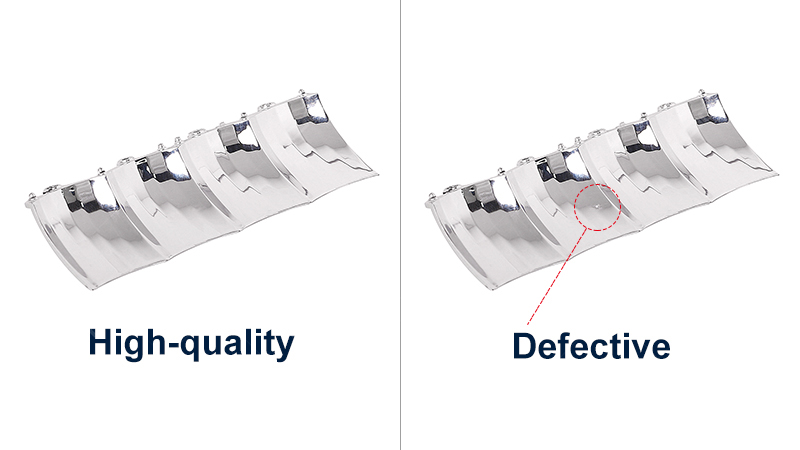Eyes that Light Up the Night:
Things You Should Know About Before Jumping into Off Road Light Retrofitting
Every car will be equipped with headlights when coming out of the factory, even the oldest ones. And yet, after the automotive industry has been developed for more than a centenary, the stock lights being lack of brightness and automotive lighting range is still a common problem. The main reason is that manufacturers are restricted by the cost of the vehicles, and there are also parts of the reasons involved with the transportation regulations. For example, there was a very strange regulation in the United States last century requiring all vehicles to have 4 eyes headlights, and there are also regulations of the lamp size and so on. The specified shape restricted the light in certain brightness, and it also rejected any kind of new technology applications.
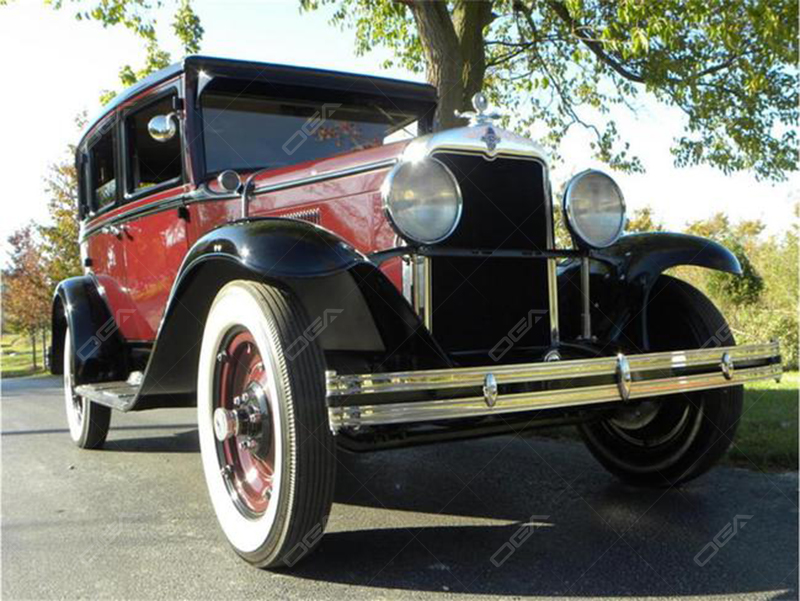
The off-roading environment has extremely high requirements for lighting, especially in some special terrains, like desert or grassland. If the brightness of the lighting system is not strong enough at night, then it is very difficult for the driver to avoid obstacles like water gutters and small breaks, it makes driving in the sand extremely difficult as well. Off-road enthusiasts are not going to be able to have fun off-roading at night without sufficient, intensity, width, and range of automotive lighting. This is why it is common for off-road vehicles to retrofit auxiliary lights.
Types of Off Road Lights that Can Be Used in Retrofitting
Many types of lights can be selected for off-road vehicles, for example, as the light source goes, there are laser lights, LED lights, HID xenon lights and halogen lights, etc.
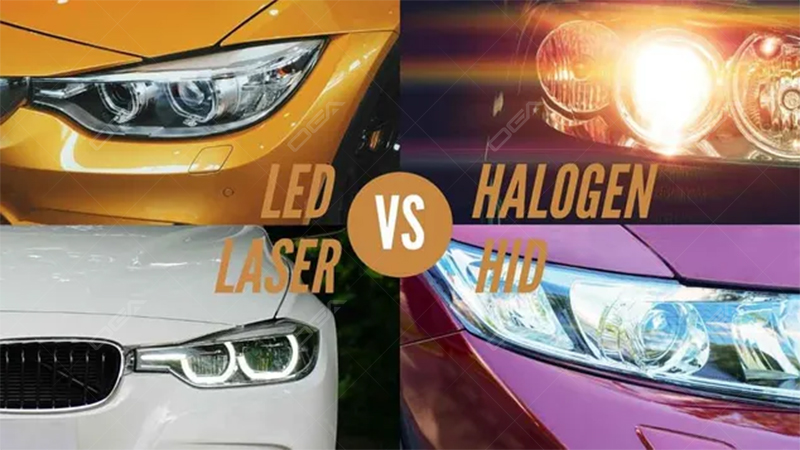
When people first started to get into off-roading in the 1990s, there were only some truck lights and tractor lights available for auxiliary lights, then some imported automotive lights started to show up, shortly after that, some domestic automotive lighting manufacturers began to have a large number of very good quality reproductions. Back in those days, most options for auxiliary lamp retrofitting were limited to halogen light sources, because HID xenon lamps were still too expensive at that time and not everyone could afford them. So, at that time, the main factors that determined the brightness of the auxiliary lamps were the power of the light, the coating process of the reflector bowl and the overall quality of the light itself. Nowadays there are many types of light sources, therefore the type of light source has also become a key factor in determining the brightness of the auxiliary lamp.
The Three Factors that Determine the Brightness of Auxiliary Lights:
The Power, The Size and Coating Quality of The Reflector
These three factors are not in any order of priority.
Under the premise of similar light sources and the same reflector, power is a prerequisite for determining brightness, but the power cannot be increased indefinitely. This is because auxiliary lights are a configuration that consumes a lot of power from the battery of the vehicle. The power of the automotive generators, the thickness of the wires and the conductivity of the relays are all limited, and so the brightness of auxiliary lights cannot be infinitely increased by the power increased.
It is meaningless to increase the brightness of the light excessively anyway. For example, it is useless even if you turn on 10,000 auxiliary lights under the high intensity of daylight, because the intensity and brightness of the sunlight have already reached beyond the light sensitivity of your eyes, it doesn't make sense to increase the number of spotlights if you cannot even see. With a lot of floating dust in the air in most parts of the environments nowadays, the auxiliary lamps that are too bright will cause very serious diffraction reflection, the light beam reflected back will seriously interfere with your view, and you are most likely not going to be able to observe the conditions of the roads ahead of you.
The Importance and The Difference of Reflector Coating
In addition to the diameter of the light reflector bowl and the characteristics of the luminous body which is the power of the light that determines the brightness of the auxiliary lamp, the material of the reflector bowl surface coating is also a very important part. There is chrome coating, aluminum coating and other materials used in the coating. The efficiencies of them are different, and so the brightness of the auxiliary lights of the same size may be completely different. The quality of the reflector surface coating also directly impacts the lifespan of the auxiliary lights.
Poor quality coatings are easy to turn black, which will result in lower reflection efficiency and reduced illumination, then the blackened coatings will start to cause the coating to peel off and eventually fall off.
The Difference and The Effect of Color Temperature
What is color temperature? Anyone who has learned the basics of digital photography will know very well and understand the importance of white color temperature for filming. Even though the color temperature of the auxiliary lamp plays a completely different role from photography, the use of the correct color temperature is still equally important.
Simply put, when talking about the choice of the color temperature for auxiliary lamps, the best color temperature would be 4300k, 5000k or 6000k. If it is not in this range, then no matter how high or low the color temperature is, the light emitted from the auxiliary light is going to cause a color change. For example, a leaf is green, a pen is blue and so on because those objects absorb all colors and reflect only one color. However, when the red light is incident on these objects, their color becomes reddish.
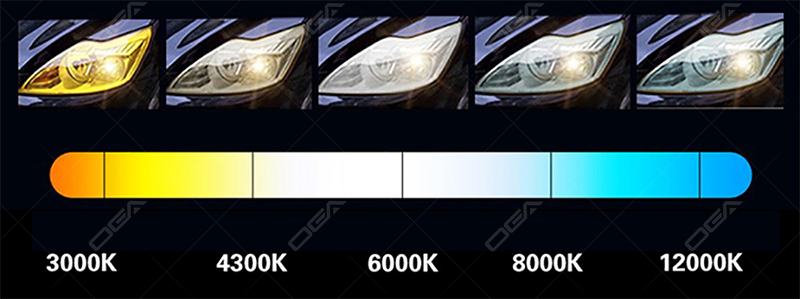
When the color temperature is high, like an 8000k color temperature automotive LED light would emit ice blue light, which is whitish and blue. When the lights encounter other color temperature lights, such as the yellowish street lights, the color of the light will result in mixed color, thus losing the lighting effect they are supposed to have. At the same time, when a high color temperature light encounters dusty environments, it is easy for the clouds of dust to cause strong reflection and impact the driver's view.
When the color temperature is low, such as the golden yellow, about 3000k color temperature that was very popular in the past few years, and the color of all objects it irradiates will become 3000k, and this color temperature is not the color temperature of daylight, it will seriously reduce the recognizability of the object because the illuminated object has been reflecting the color that should be absorbed, it will be harder to see the shape and characteristics of the object after a while, and it will also cause eye strain.
Therefore, when choosing the color temperature of the auxiliary lamp, we must pay attention to the above two points. They usually cause a lot of problems inadvertently, which may affect driving safety, so we must pay attention to them.
Sight and Distance: Drivers' Ability to Judge
It's very important to know how far you can see clearly at night. In most cases, auxiliary lights that shine too far are meaningless because you can't tell what that is. It is impossible to identify obstacles when driving at high speeds, especially objects that suddenly appeared on the horizon, like a brick or rock, these small things often cause very serious consequences if misjudged. In addition, a large number of traffic facilities, road signs, other obstacles and road curves will also affect your effective visual distance, therefore, driving in the dark, especially driving off road, no matter how bright the auxiliary lights are, don't forget the most important thing is to control driving speed.
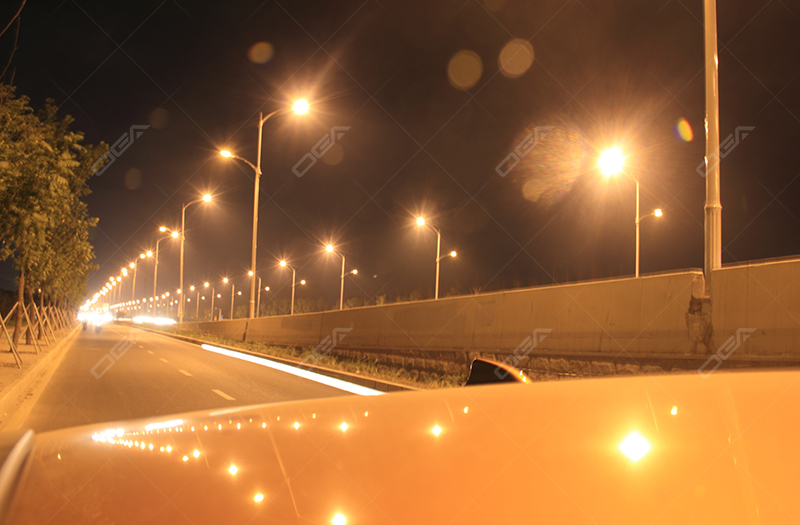
It's difficult for drivers to distinguish objects from objects with their own eyes at night no matter how strong the auxiliary light is because there are color illusions and optical illusions at night. Other than that, the light emitted from auxiliary light is very different from the natural sunlight, in which, when sunlight bouncing off an object, although there will be light reflections around that object, it is going to be mainly just diffuse light which shows us the real object outline for identification. On the other hand, the light emitted from auxiliary light is completely different, the light can only be reflected from one angle since the light is emitted from one direction which often causes misjudgment. One more thing, the shape and the color of the object reflected back by the auxiliary light is not quite their natural color neither their shape when you compare them with the natural sunlight, which makes it difficult for drivers to relate to the objects they saw at daylight.
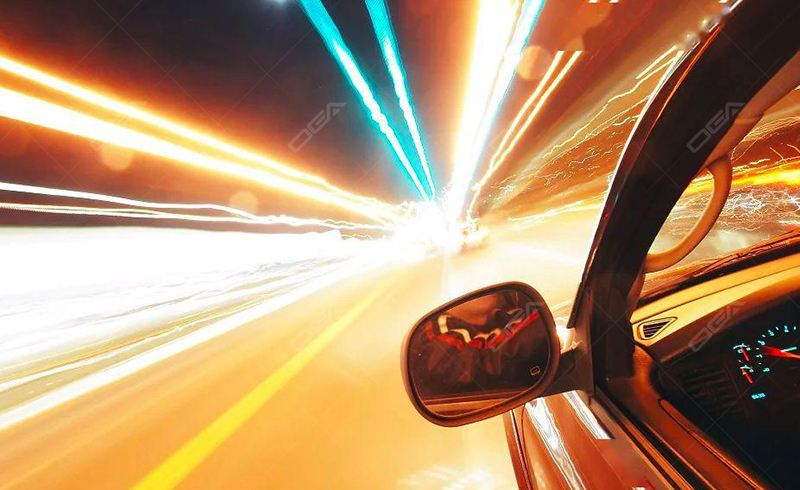
At the speed of 72km per hour, it only takes 5 seconds to drive 100 meters, and the braking distance is often easily over 50 meters on unpaved roads, which means if there is an obstacle, then it only gives you at most 2.5 seconds to break, if you don't recognize the danger, it can lead to damage to the car or even worst.




